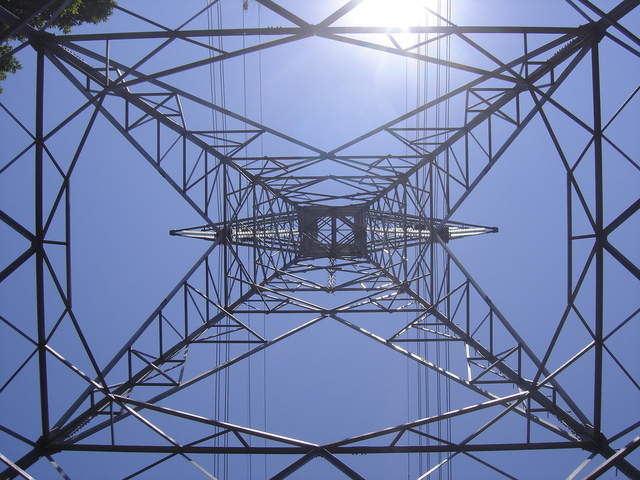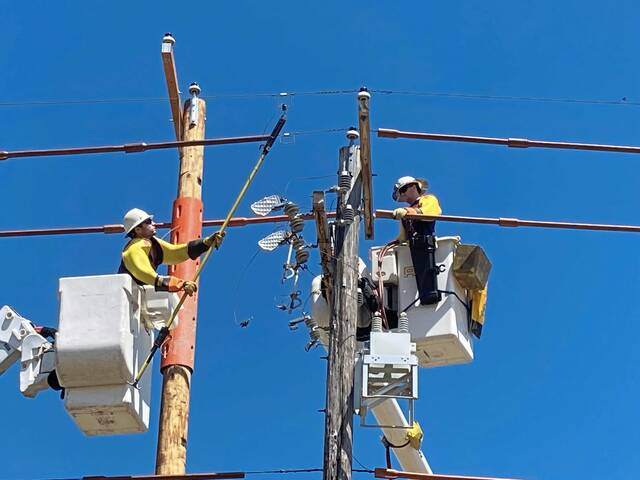The world of energy is undergoing a profound transformation, with electric utilities at the forefront of this revolution. As the global push towards sustainability gains momentum, electric utilities are reimagining their role in a rapidly evolving landscape. From embracing renewable energy sources to harnessing cutting-edge technologies, the future of electric utilities promises to reshape the way we generate, distribute, and consume power. In this blog post, we will explore the key trends and innovations that are shaping the future of electric utilities.
Renewable Energy Integration
One of the most significant shifts in the electric utility sector is the increasing integration of renewable energy sources, such as solar, wind, and hydroelectric power. As the world seeks to reduce carbon emissions and combat climate change, electric utilities are pivoting away from traditional fossil fuels and embracing cleaner alternatives. Solar panels glisten atop homes, wind turbines dot the landscape, and hydroelectric plants harness the power of flowing water—all contributing to a more sustainable energy mix.
Innovations in energy storage solutions, like advanced batteries, are enabling utilities to store excess renewable energy for use during peak demand periods. This not only ensures a steady power supply but also addresses the intermittency challenges often associated with renewable sources.
Smart Grids and Advanced Metering
The emergence of smart grids is another pivotal development in the future of electric utilities. These intelligent networks leverage digital communication technology to enhance the efficiency, reliability, and sustainability of energy distribution. Smart grids allow utilities to remotely monitor and control energy flow, detect and respond to outages more swiftly, and empower consumers with real-time data on their energy usage.
Advanced metering, commonly known as smart meters, is a crucial component of smart grids. These digital devices provide customers with detailed insights into their energy consumption, enabling them to make informed decisions about energy usage and conservation. By fostering two-way communication between utilities and consumers, smart grids pave the way for a more interactive and responsive energy ecosystem.
Decentralization and Energy Prosumers
The future of electric utilities is characterized by a shift toward decentralization. The traditional model of centralized power generation and distribution is giving way to a more decentralized approach, where individual consumers can generate their own electricity through rooftop solar panels or small-scale wind turbines. These energy “prosumers” not only consume electricity but also produce and sell excess energy back to the grid.
This trend challenges utilities to adapt their business models to accommodate bidirectional energy flows and develop innovative pricing structures that reflect this changing dynamic. Moreover, the rise of microgrids—small-scale, localized energy systems—enables communities to become more self-sufficient and resilient in the face of disruptions.
Electrification of Transportation
The future of electric utilities is deeply intertwined with the electrification of transportation. Electric vehicles (EVs) are becoming increasingly popular as advancements in battery technology extend their range and reduce charging times. As EV adoption grows, electric utilities are presented with both challenges and opportunities.
On one hand, the increased demand for electricity to charge EVs requires utilities to upgrade their infrastructure and expand charging networks. On the other hand, EVs can serve as mobile energy storage units, feeding surplus energy back into the grid during peak demand periods. Vehicle-to-grid (V2G) technology allows EVs to discharge energy back into the grid, effectively turning them into valuable grid assets.

Artificial Intelligence and Predictive Analytics
The integration of artificial intelligence (AI) and predictive analytics is revolutionizing the way electric utilities operate. AI-powered algorithms analyze massive amounts of data from various sources—weather patterns, consumption trends, equipment performance—to optimize energy generation, distribution, and maintenance processes.
Predictive analytics help utilities anticipate and prevent equipment failures, reducing downtime and minimizing service disruptions. Additionally, AI can optimize energy dispatch to match supply with demand more efficiently, leading to cost savings and reduced environmental impact. Visit Bingtik where you will find lots of useful tips and information about the future of electric utilities.
Conclusion
The future of electric utilities is a tapestry woven with threads of innovation, sustainability, and adaptability. The shift towards renewable energy, the rise of smart grids, the empowerment of energy prosumers, the electrification of transportation, and the integration of AI are all shaping a new energy landscape. As electric utilities embrace these trends and innovations, they not only ensure a more resilient and sustainable energy future but also empower consumers to actively participate in shaping that future. The journey ahead may be challenging, but the possibilities for a cleaner, smarter, and more interconnected energy system are limitless.

